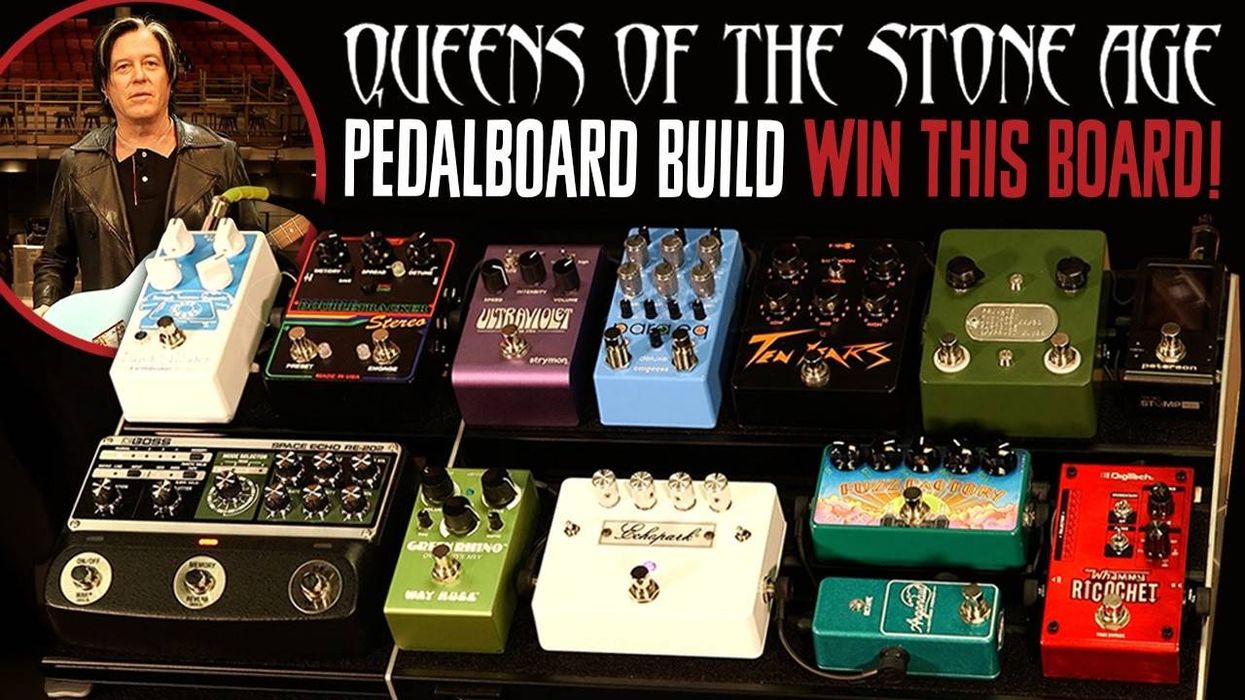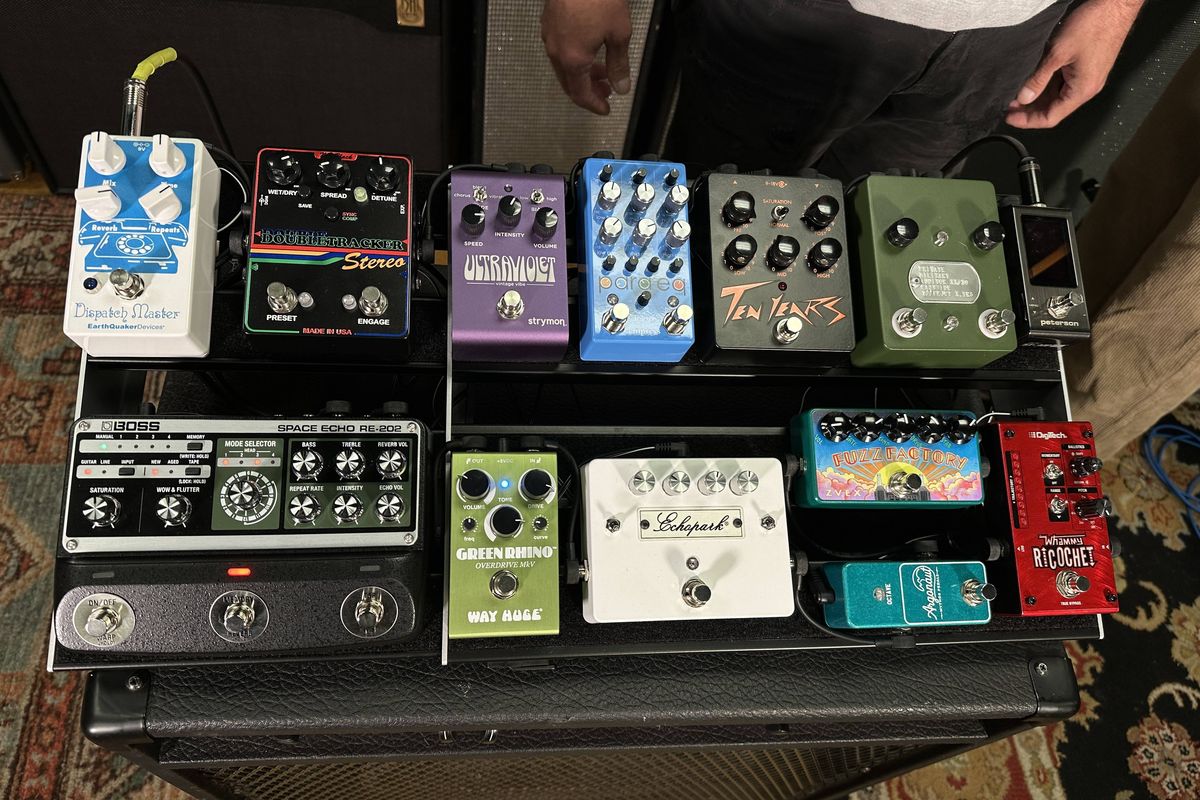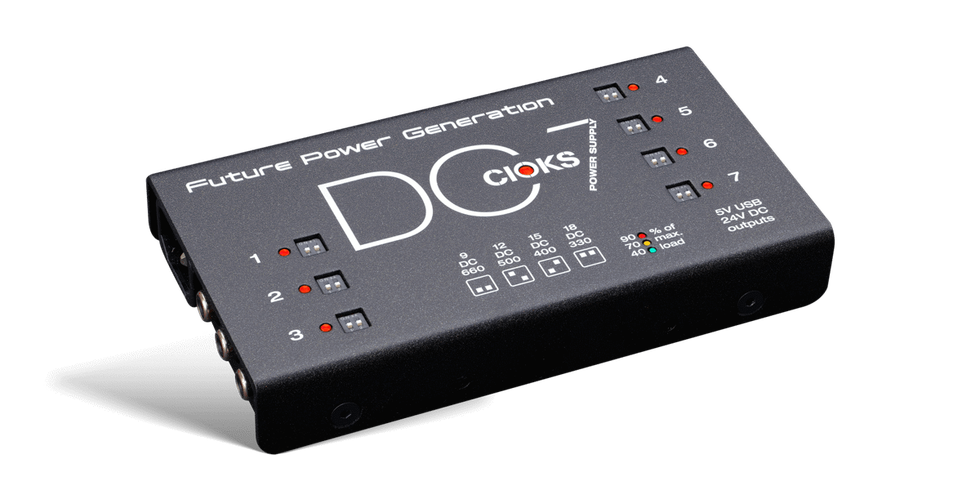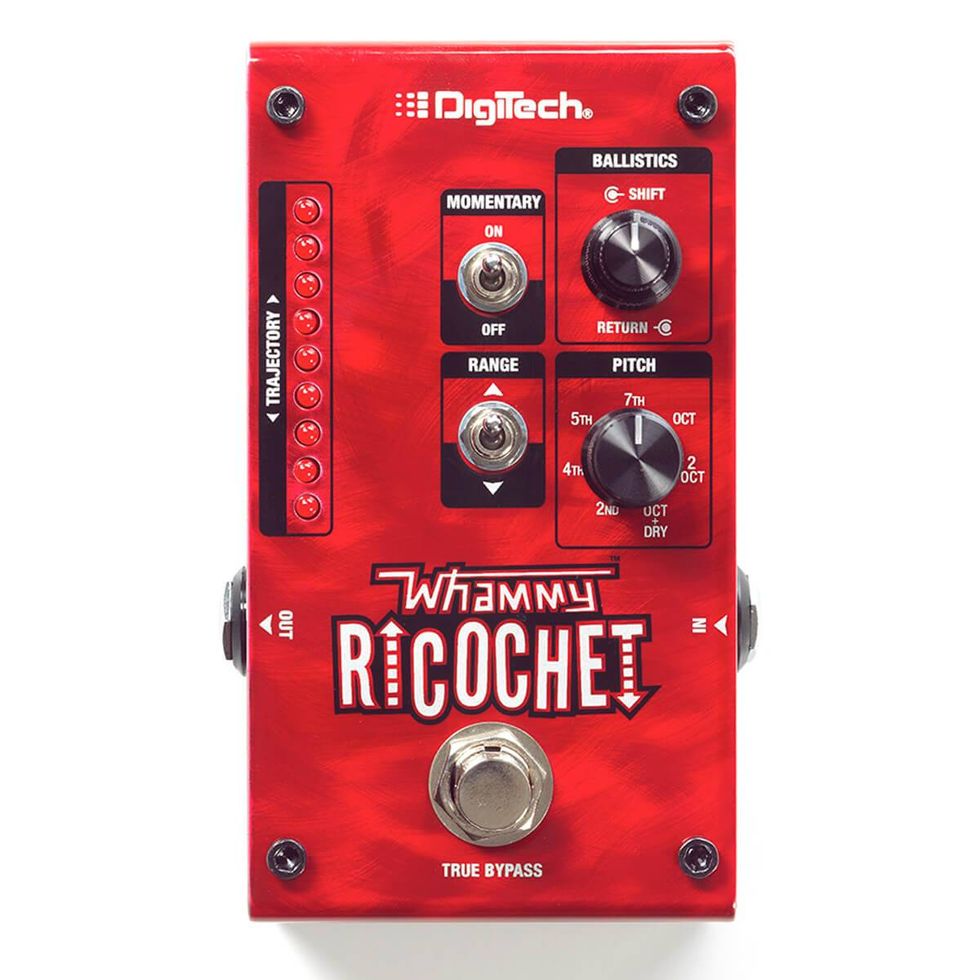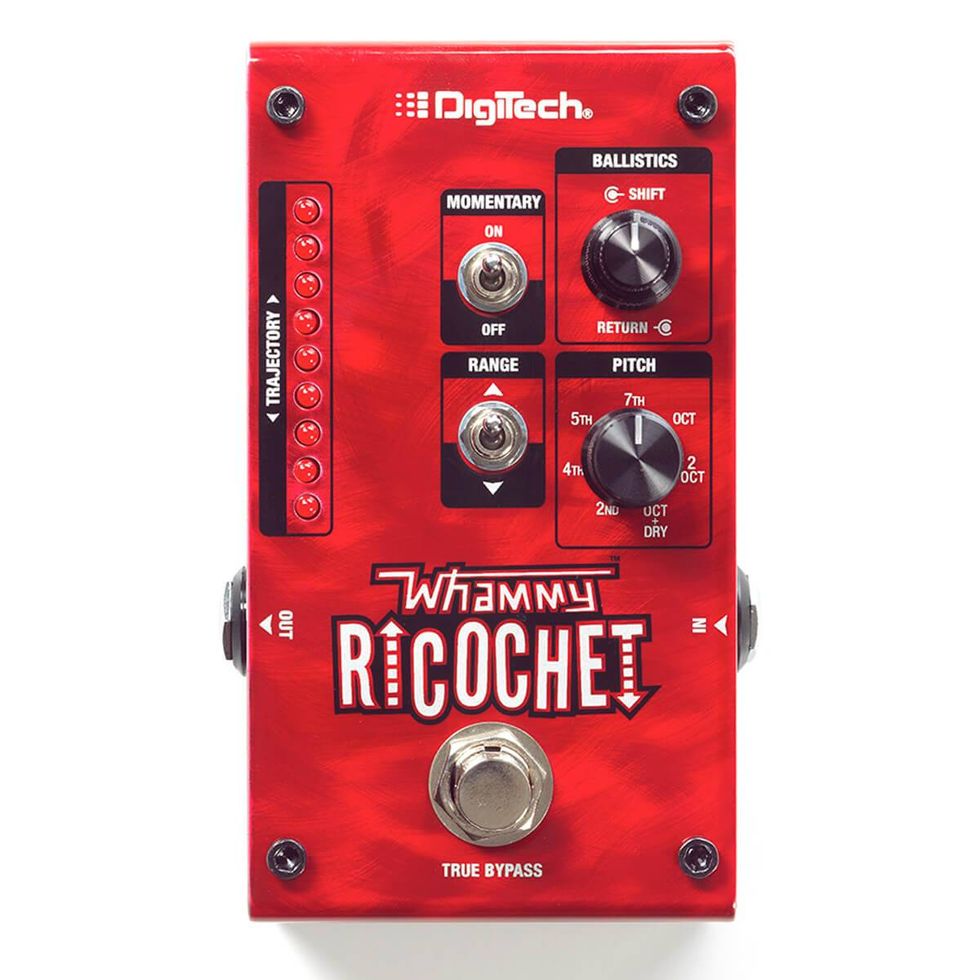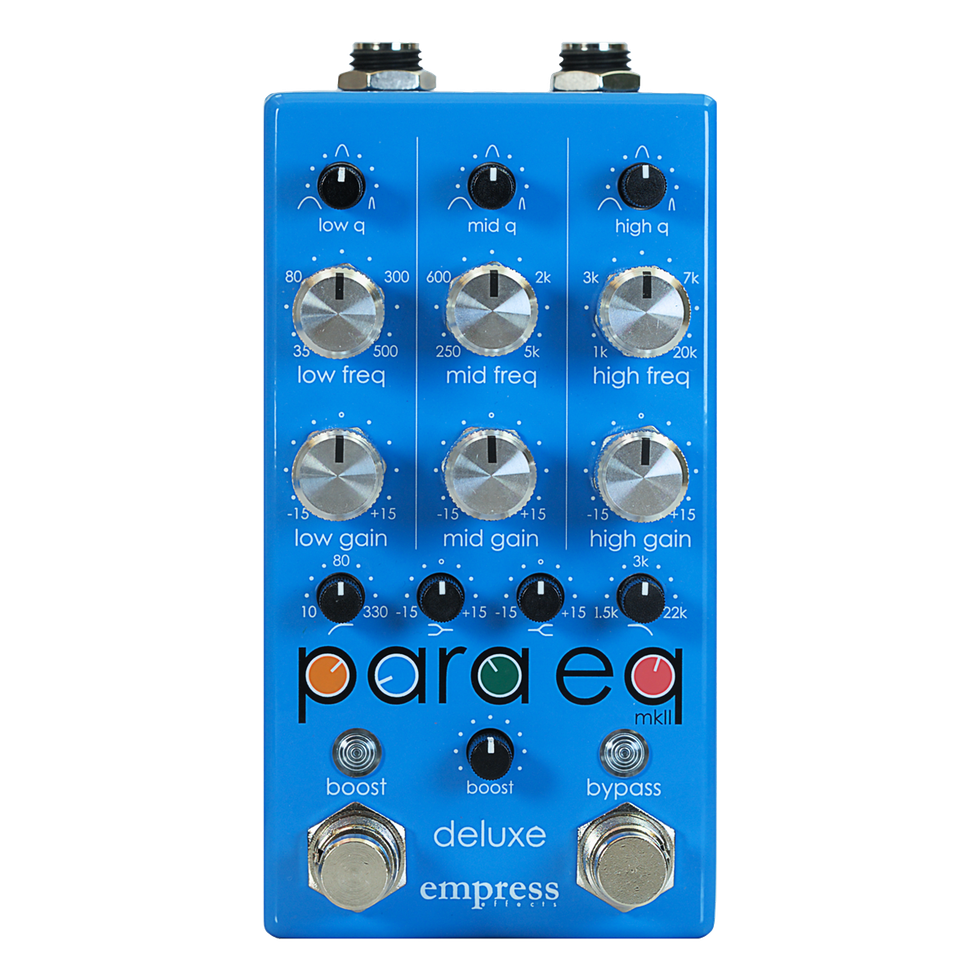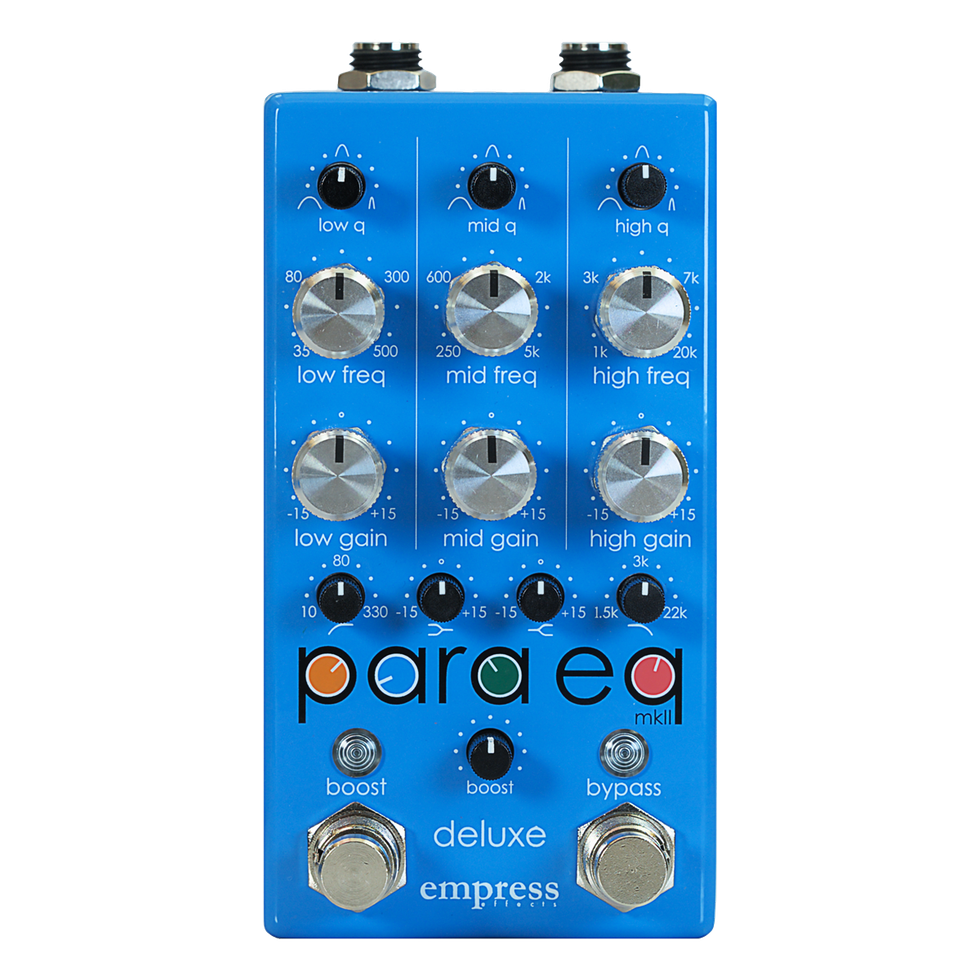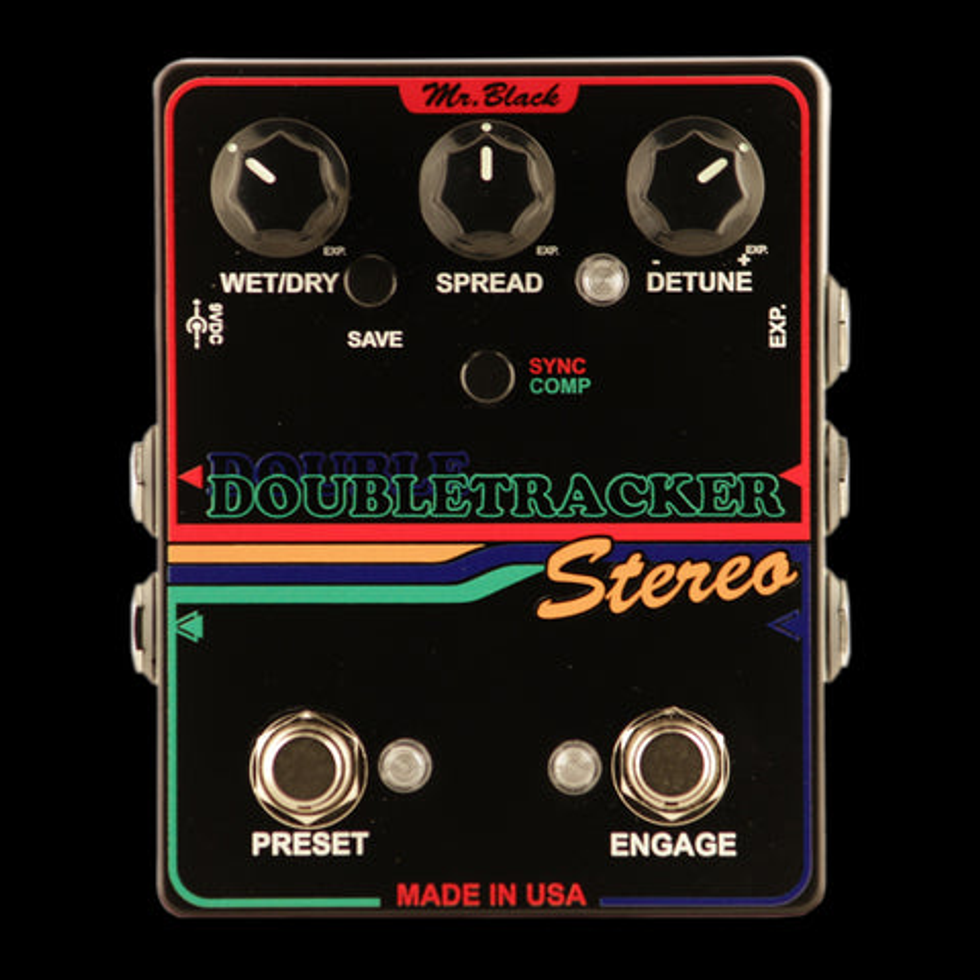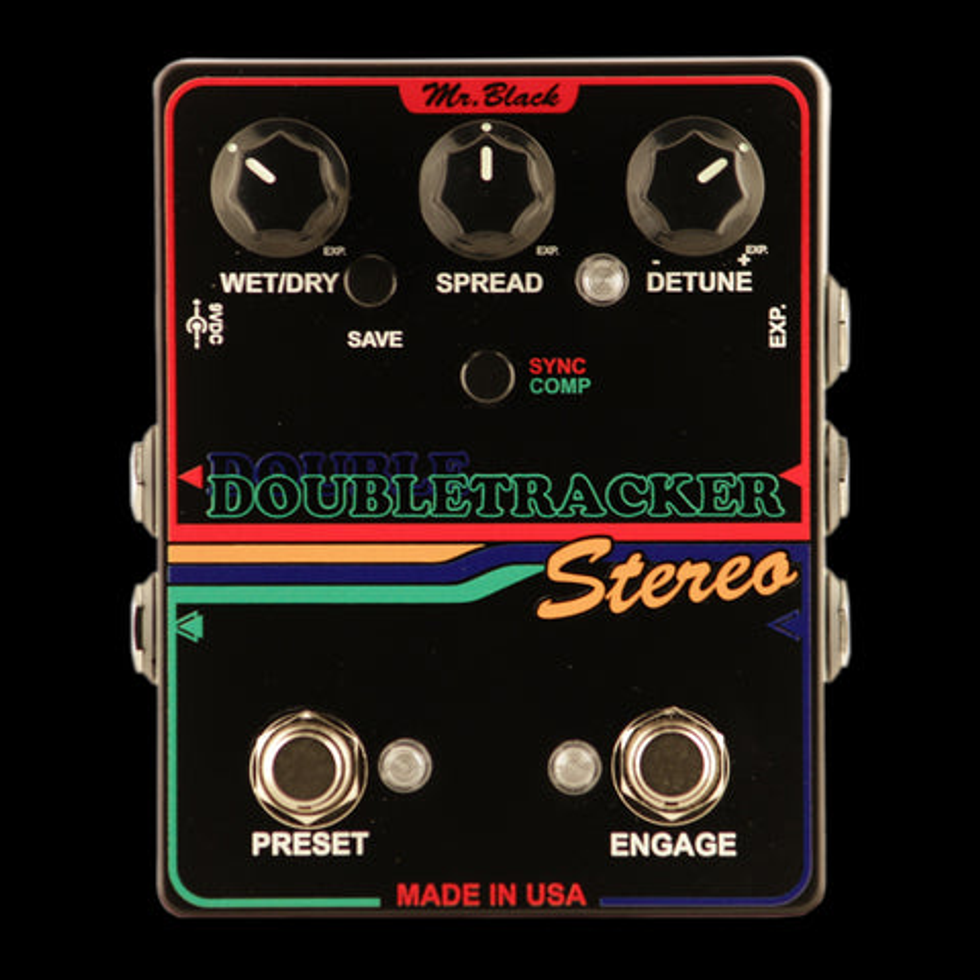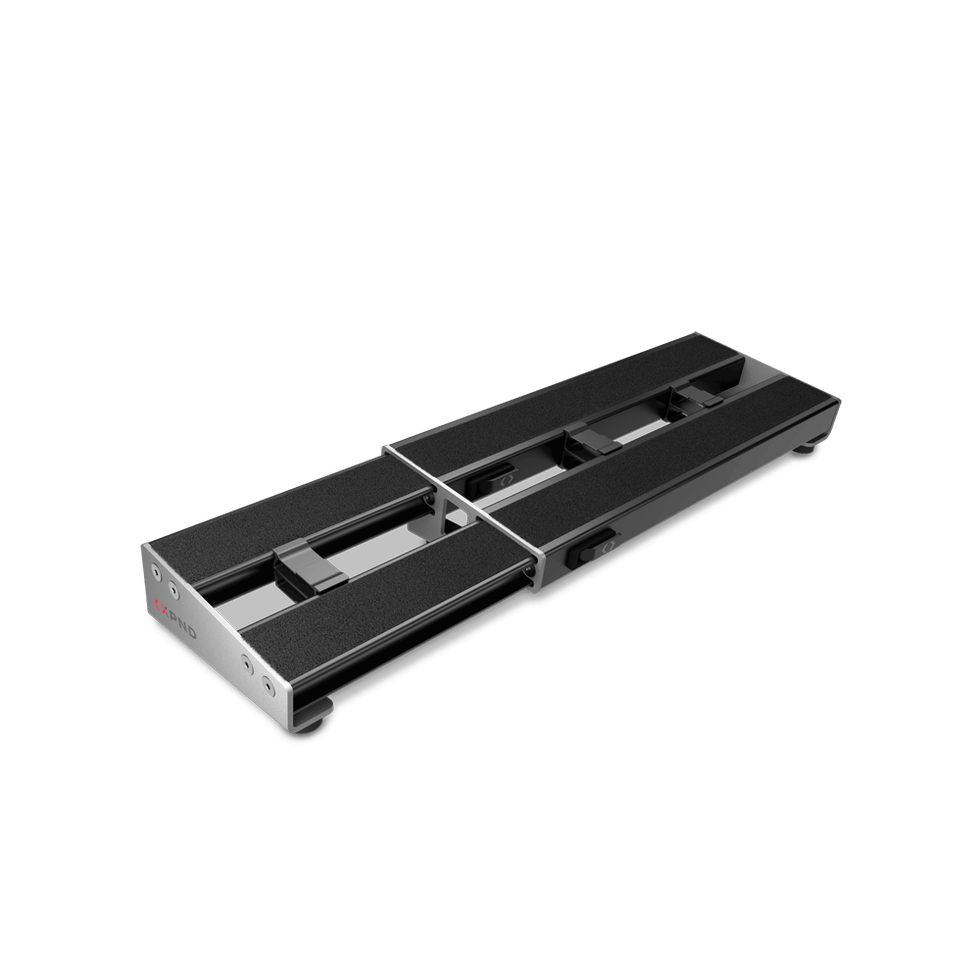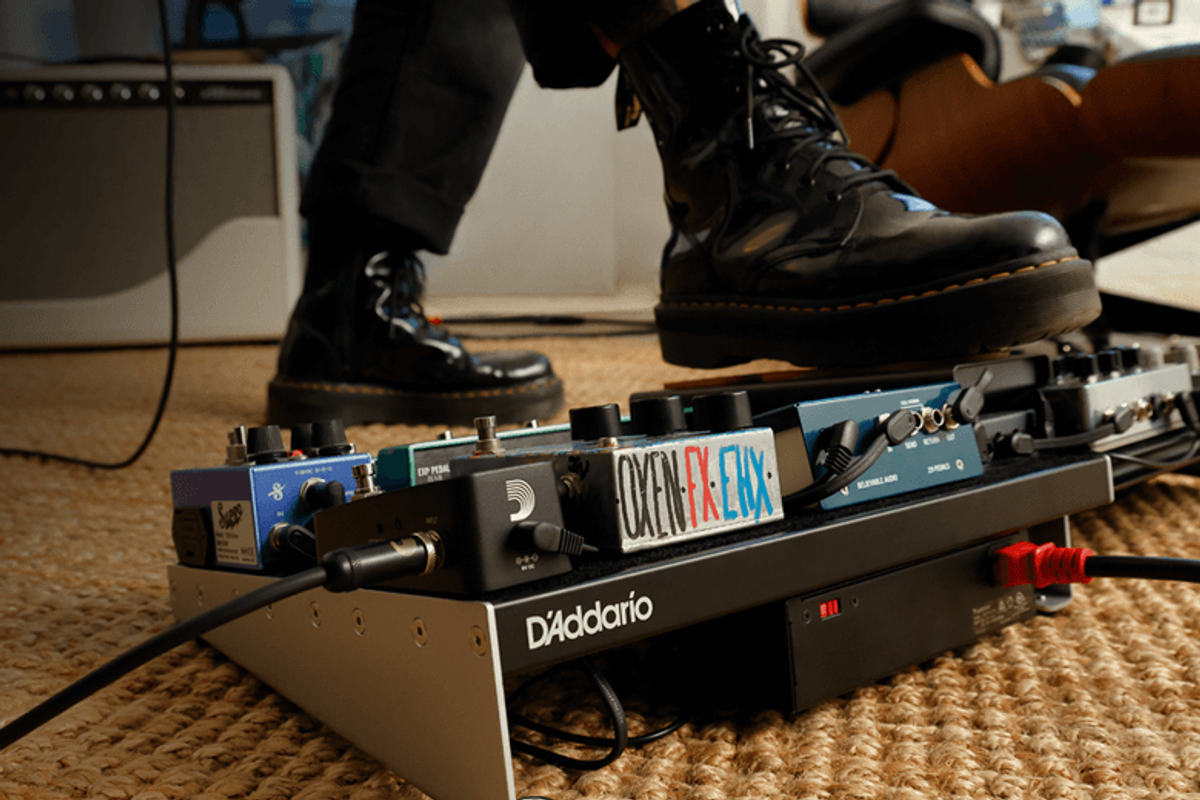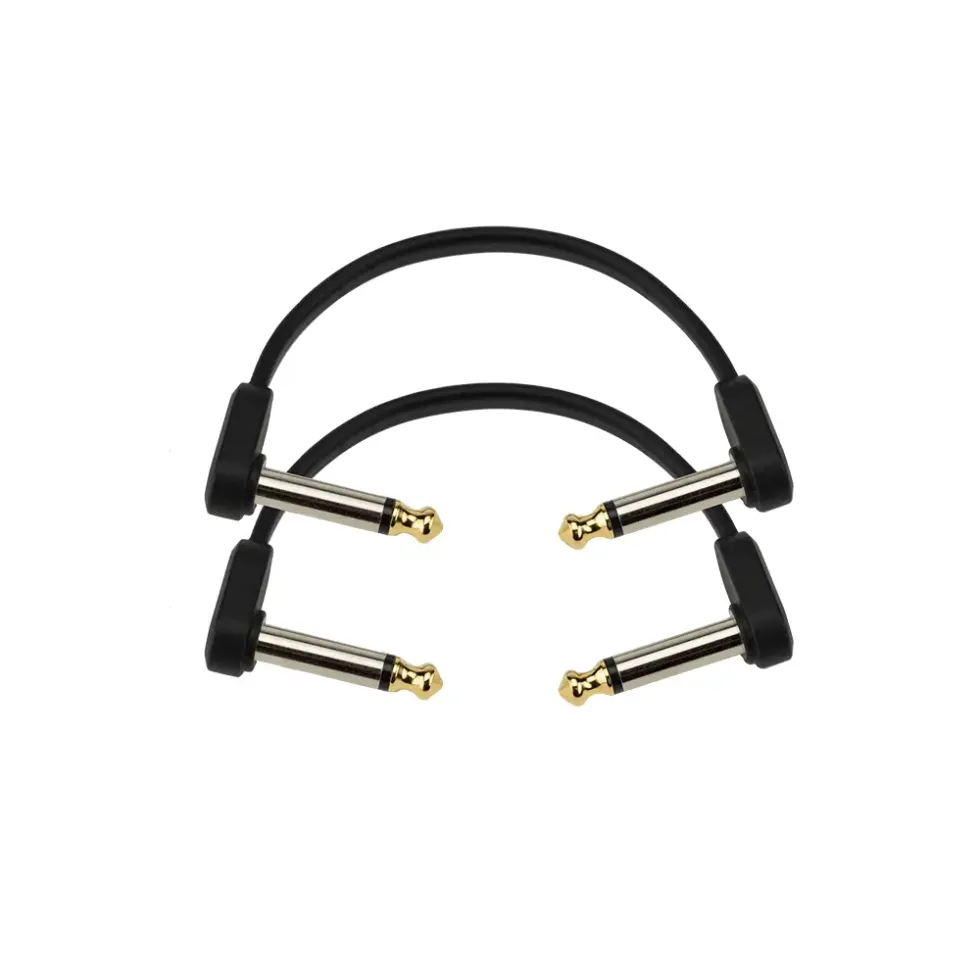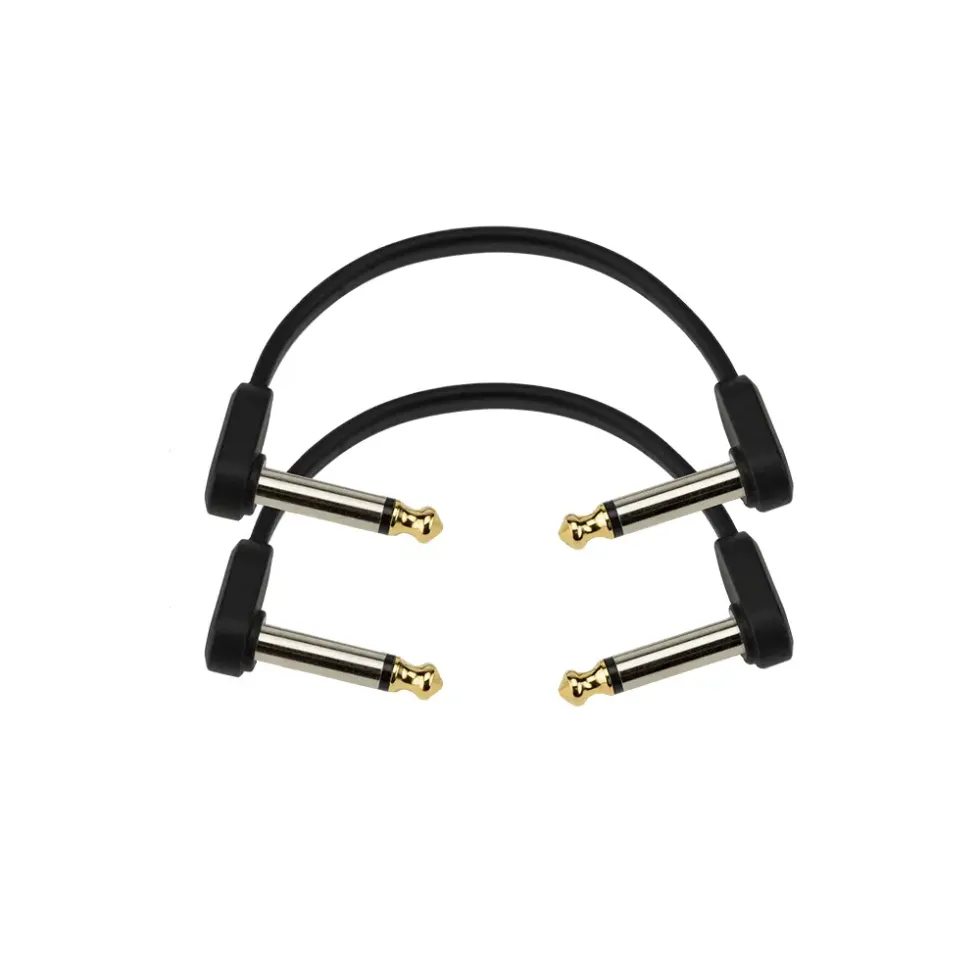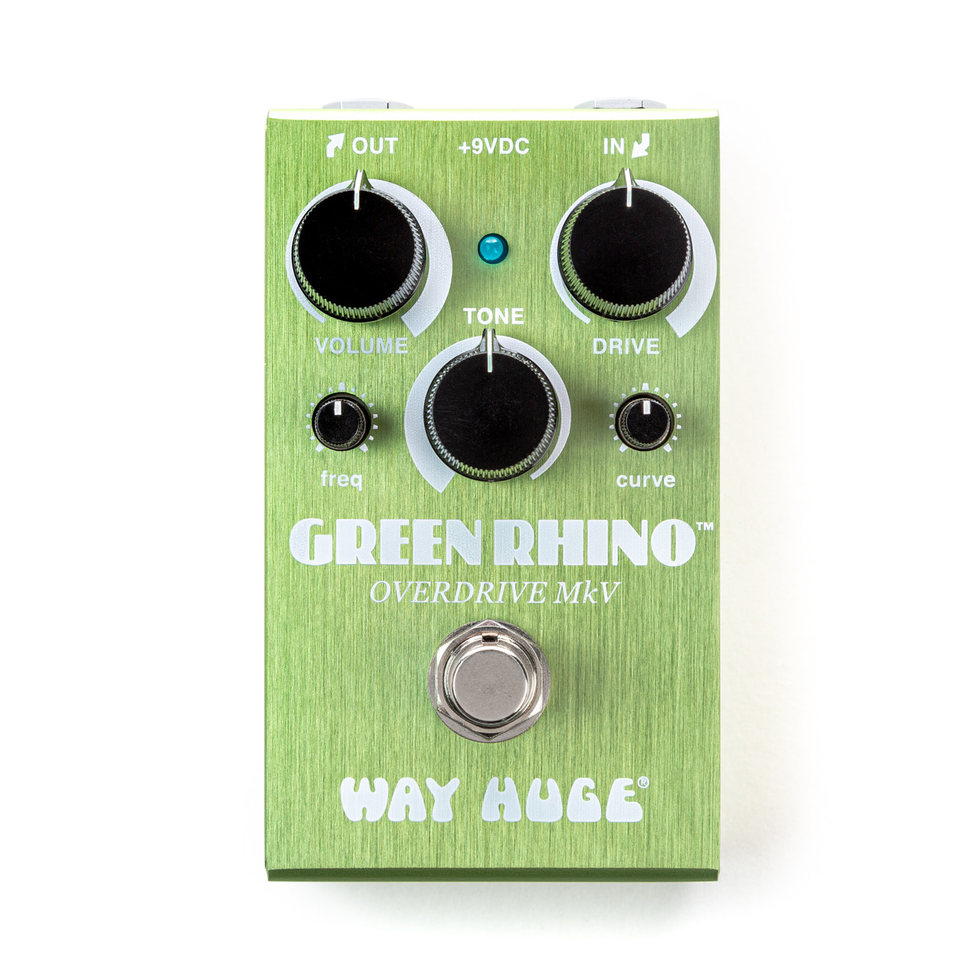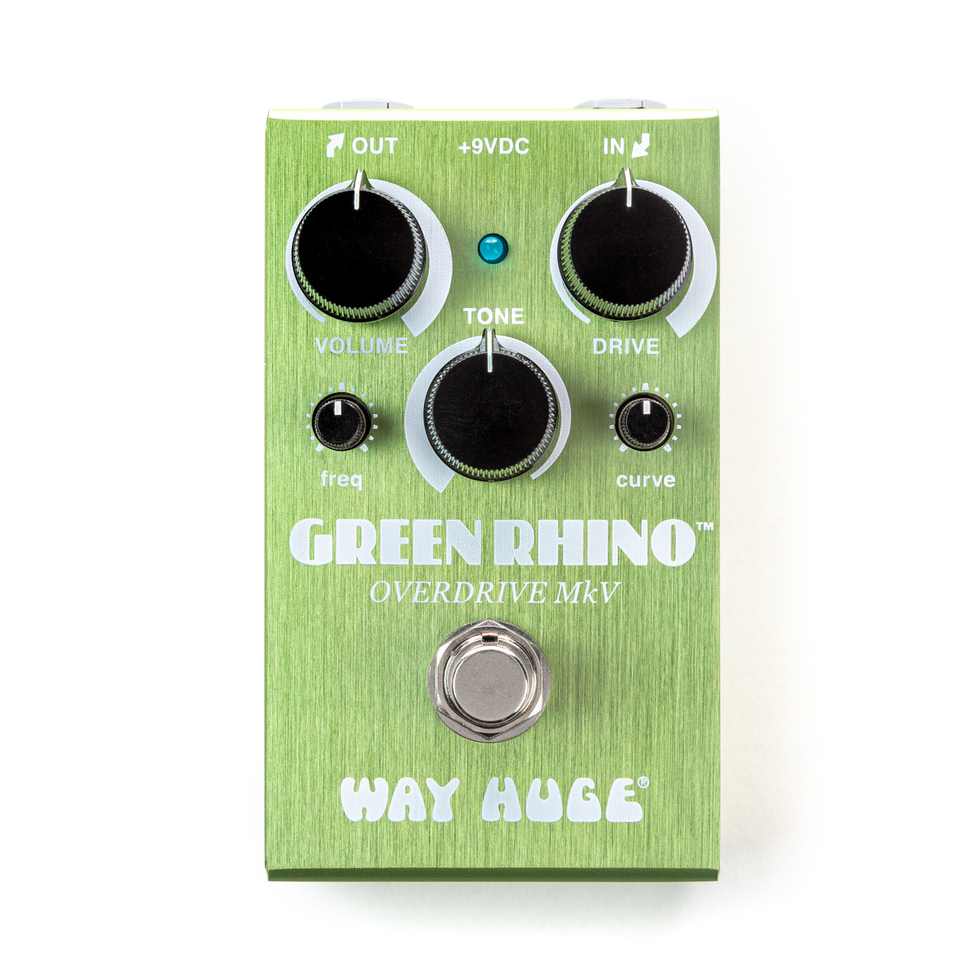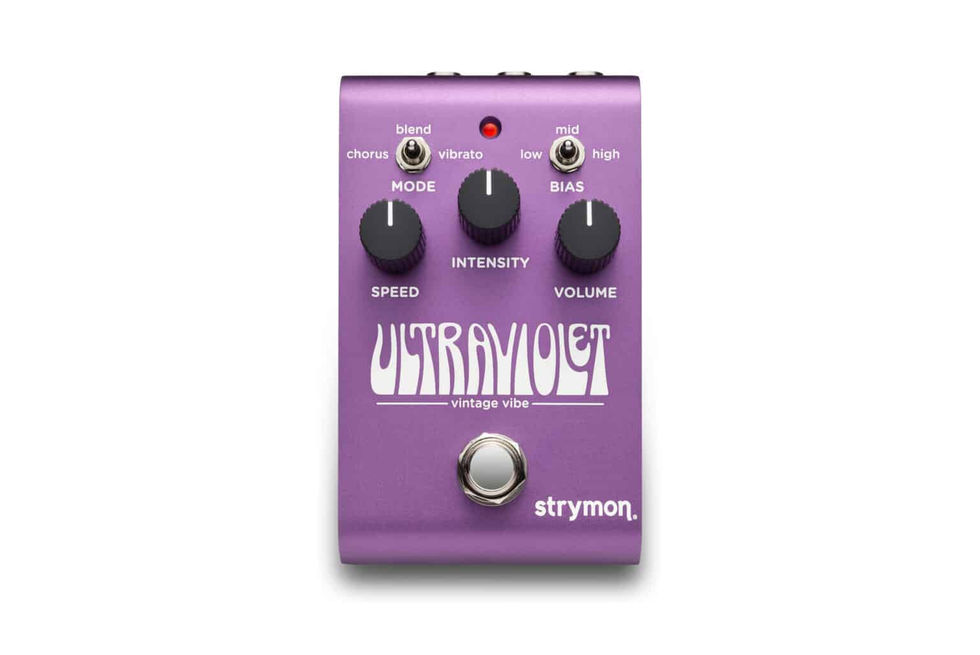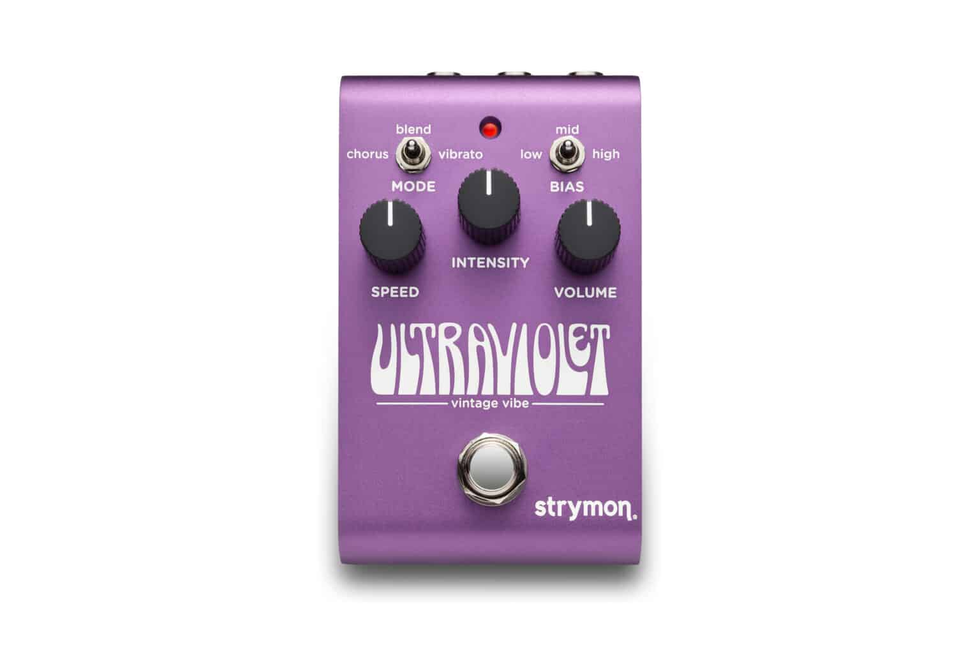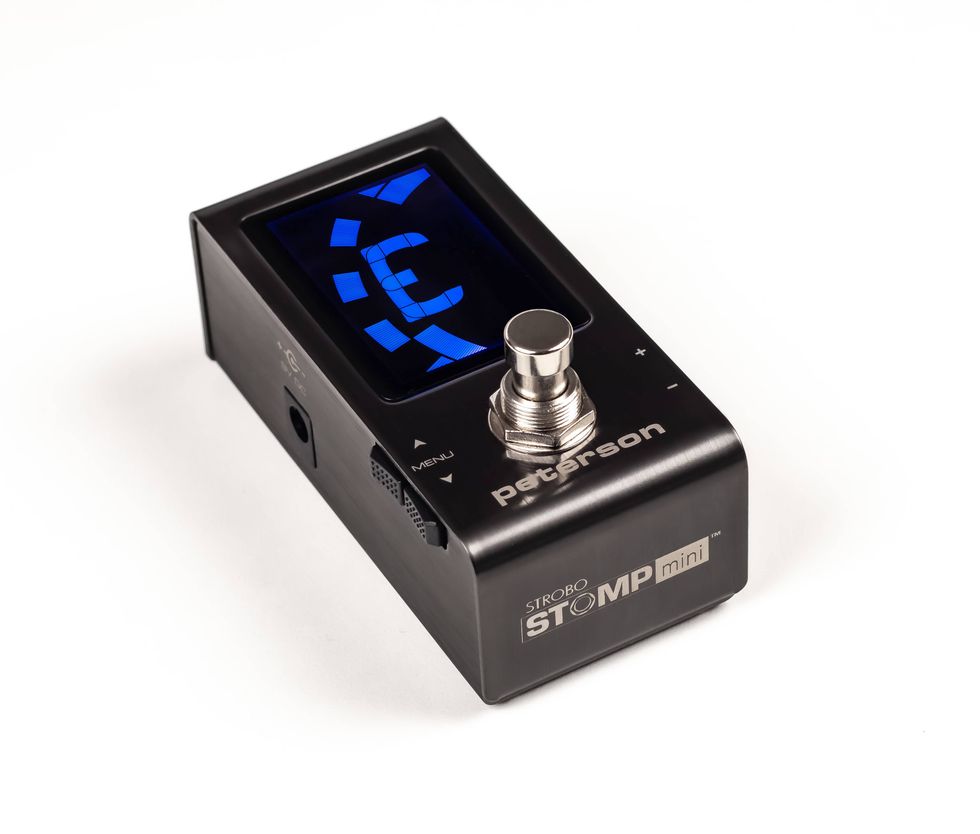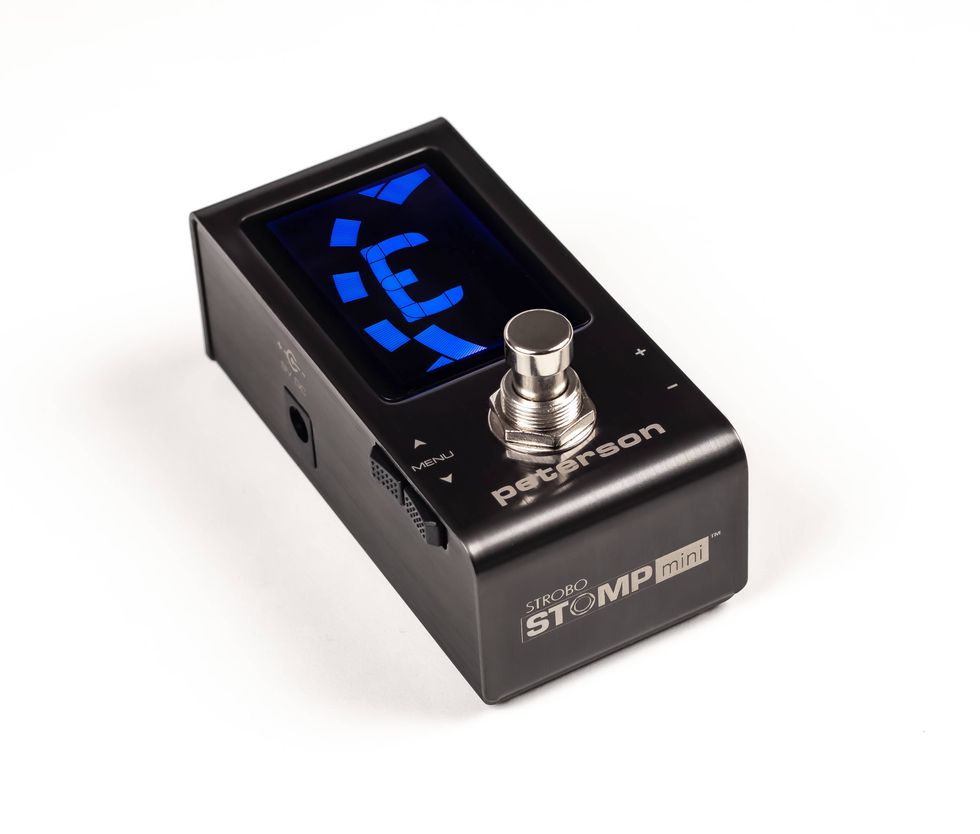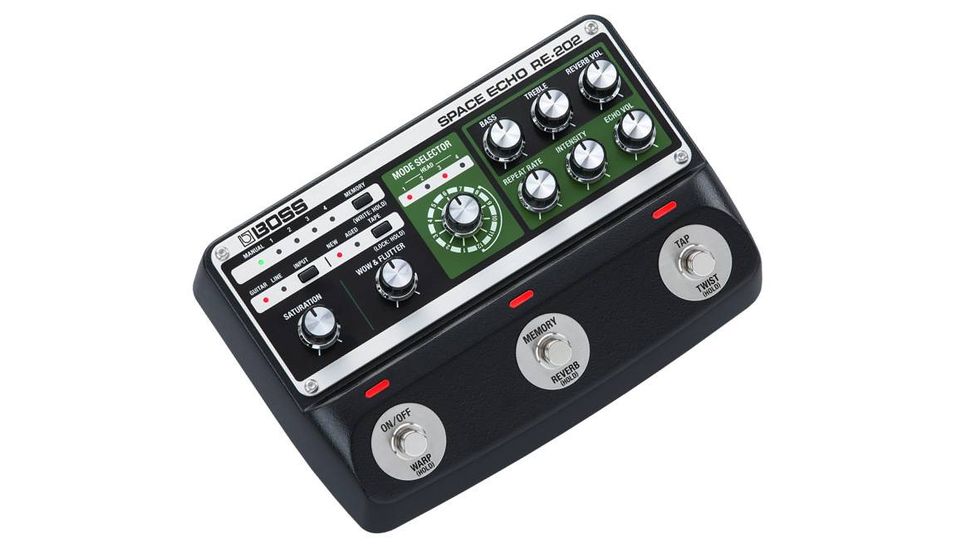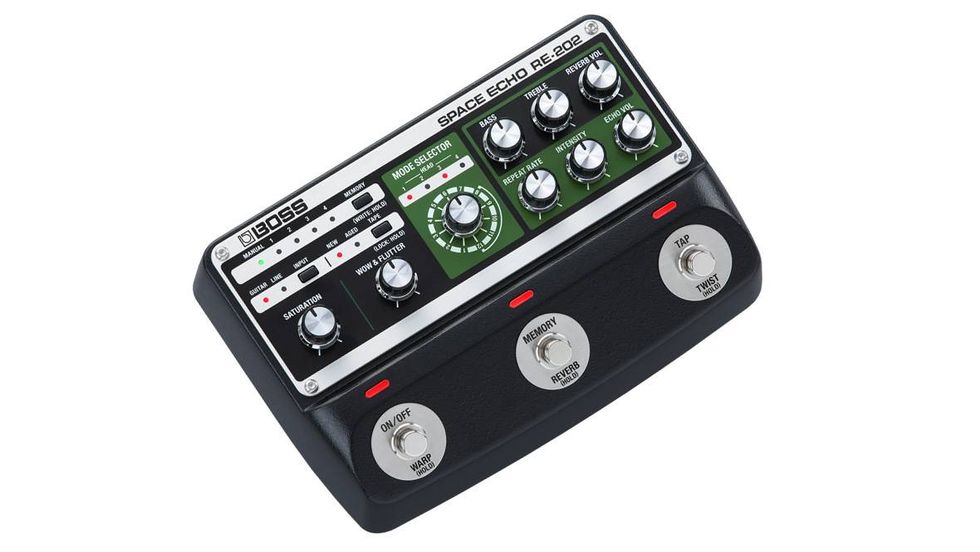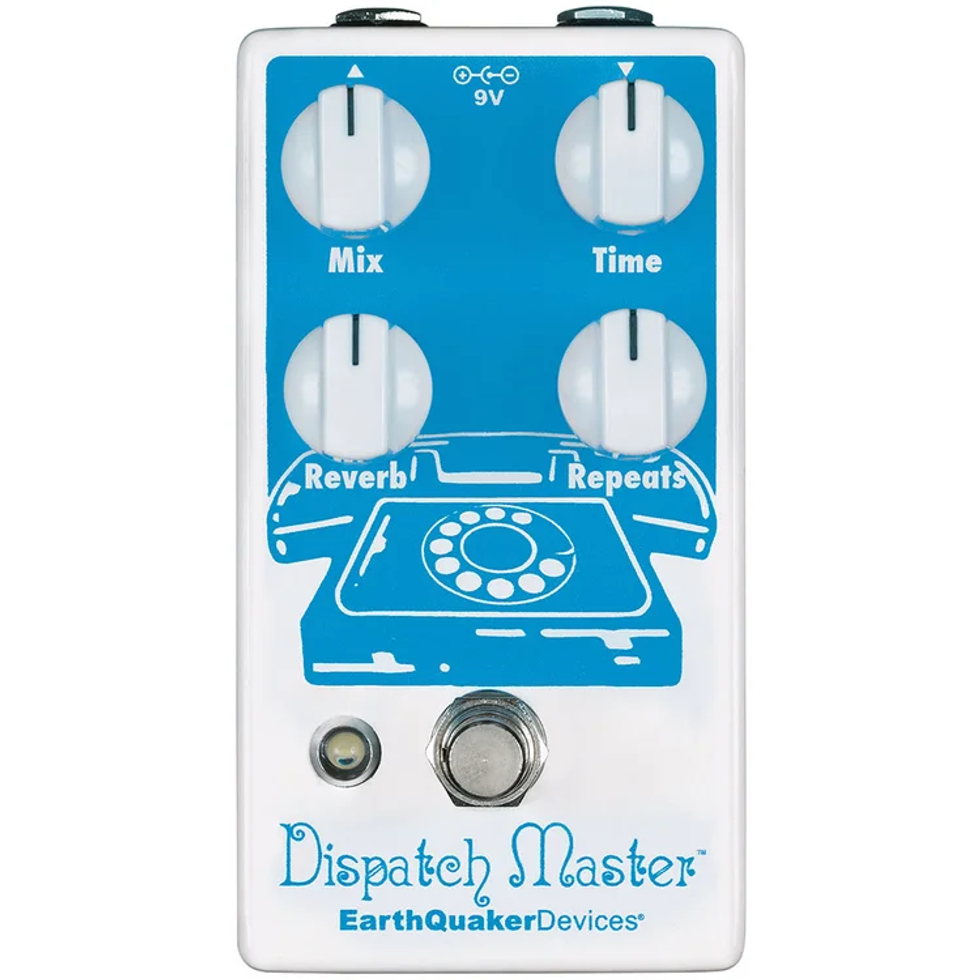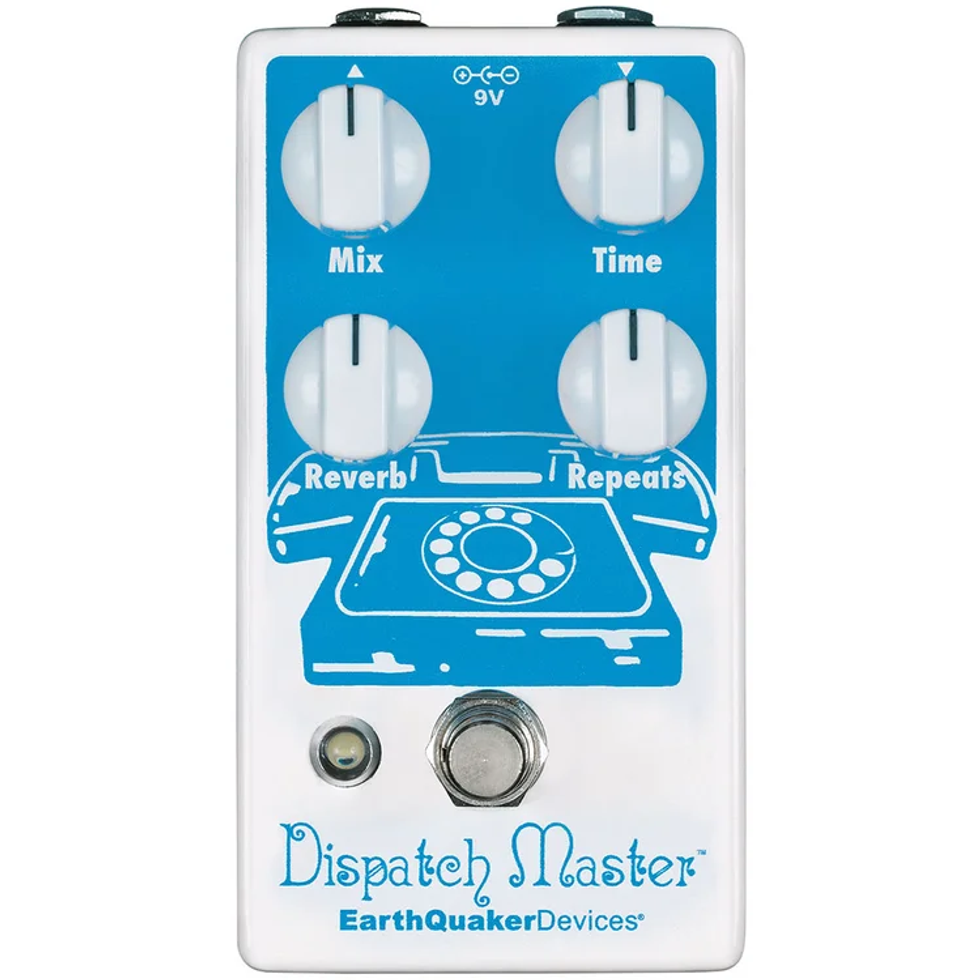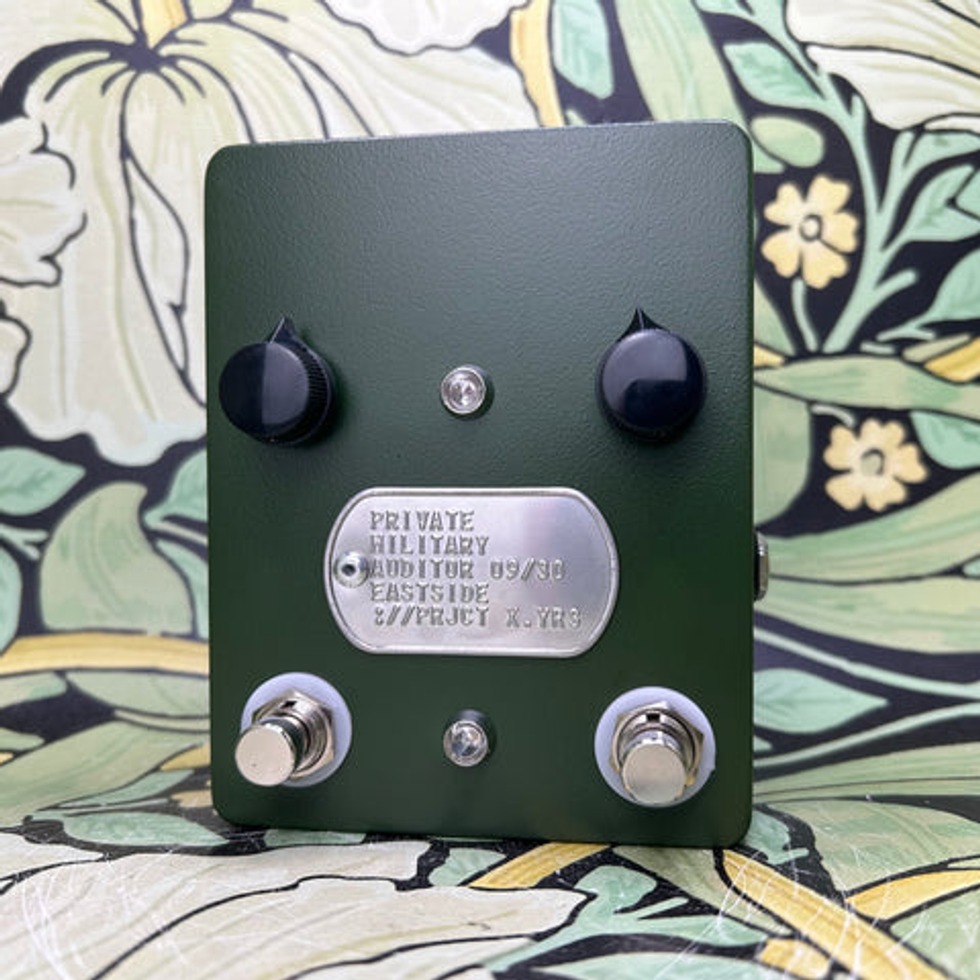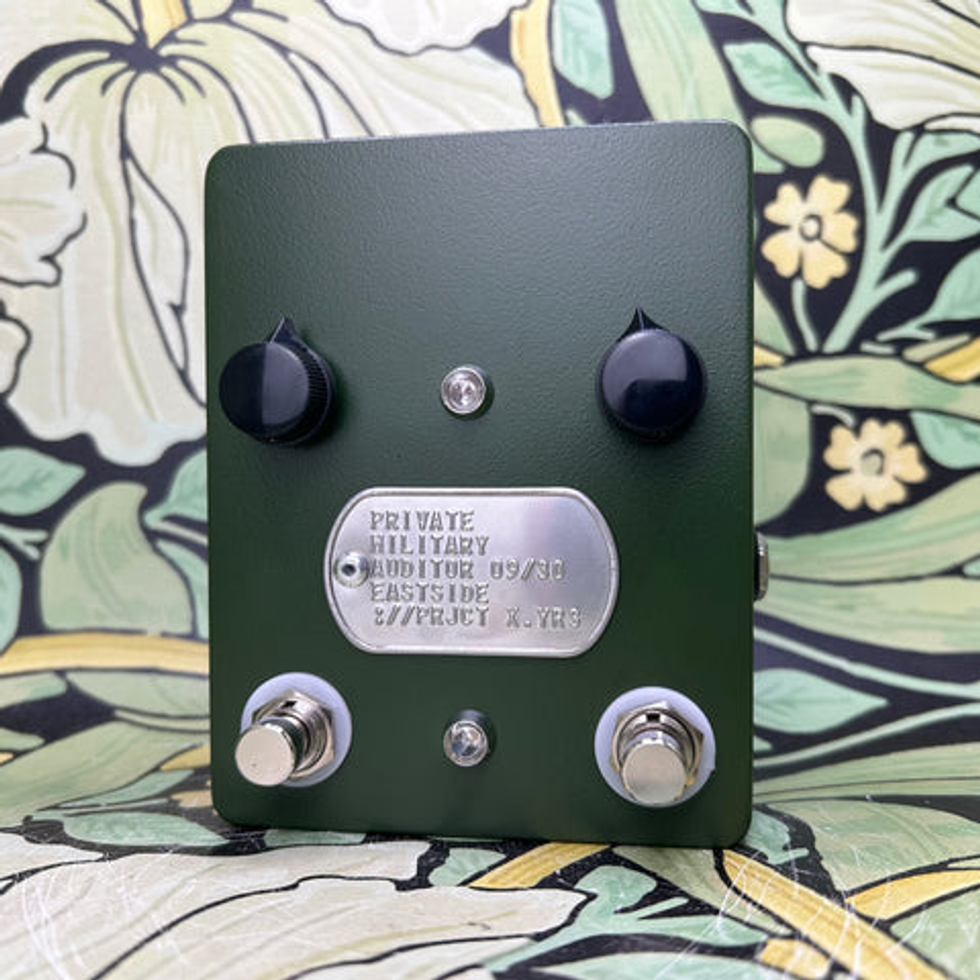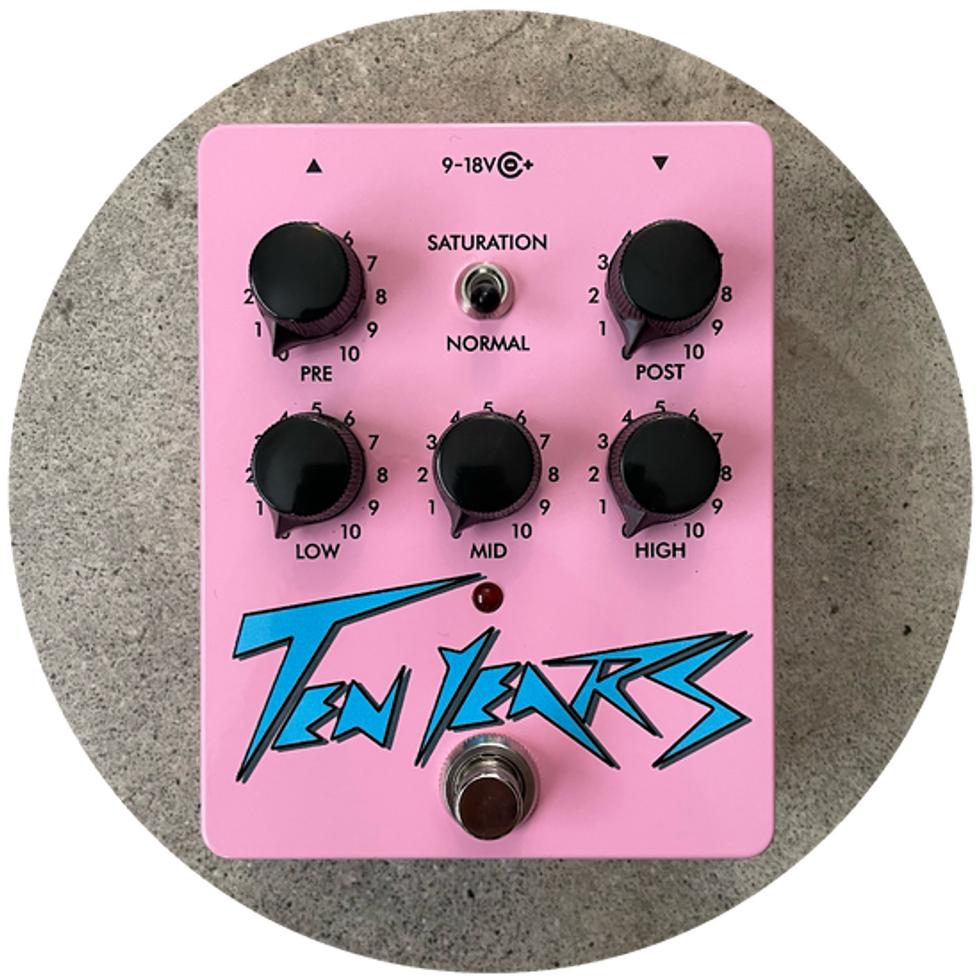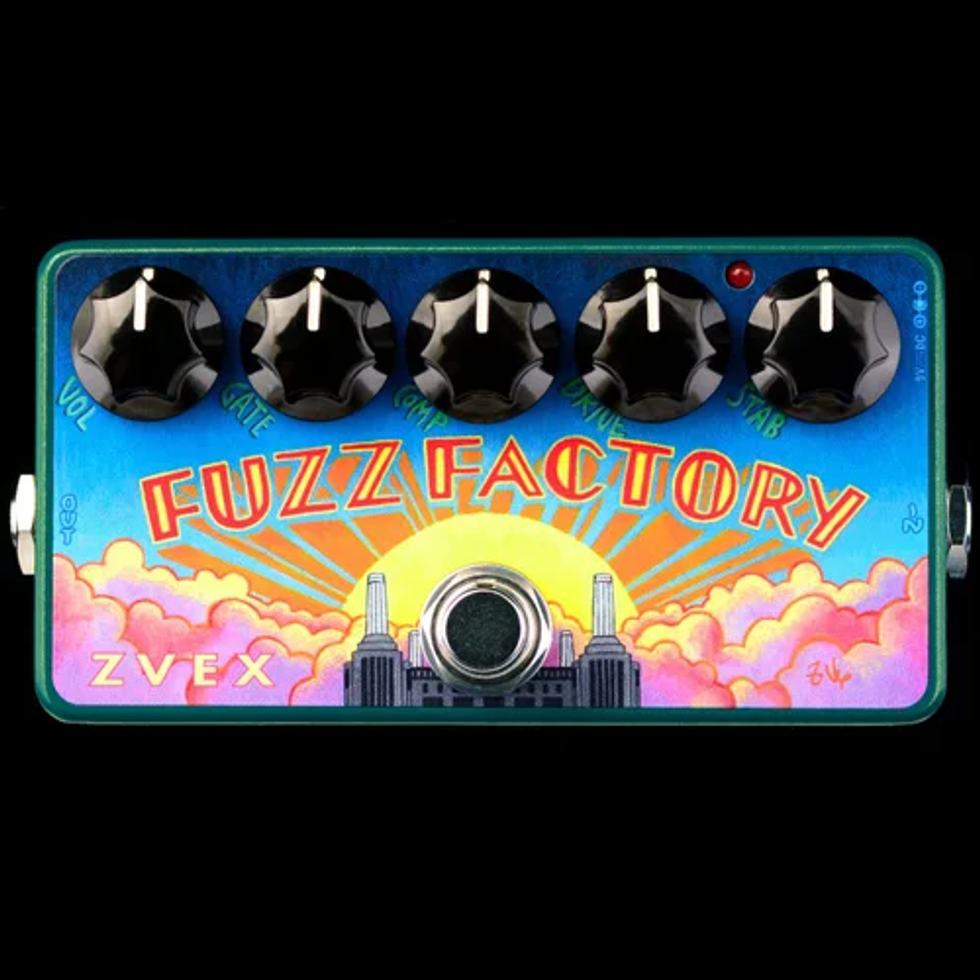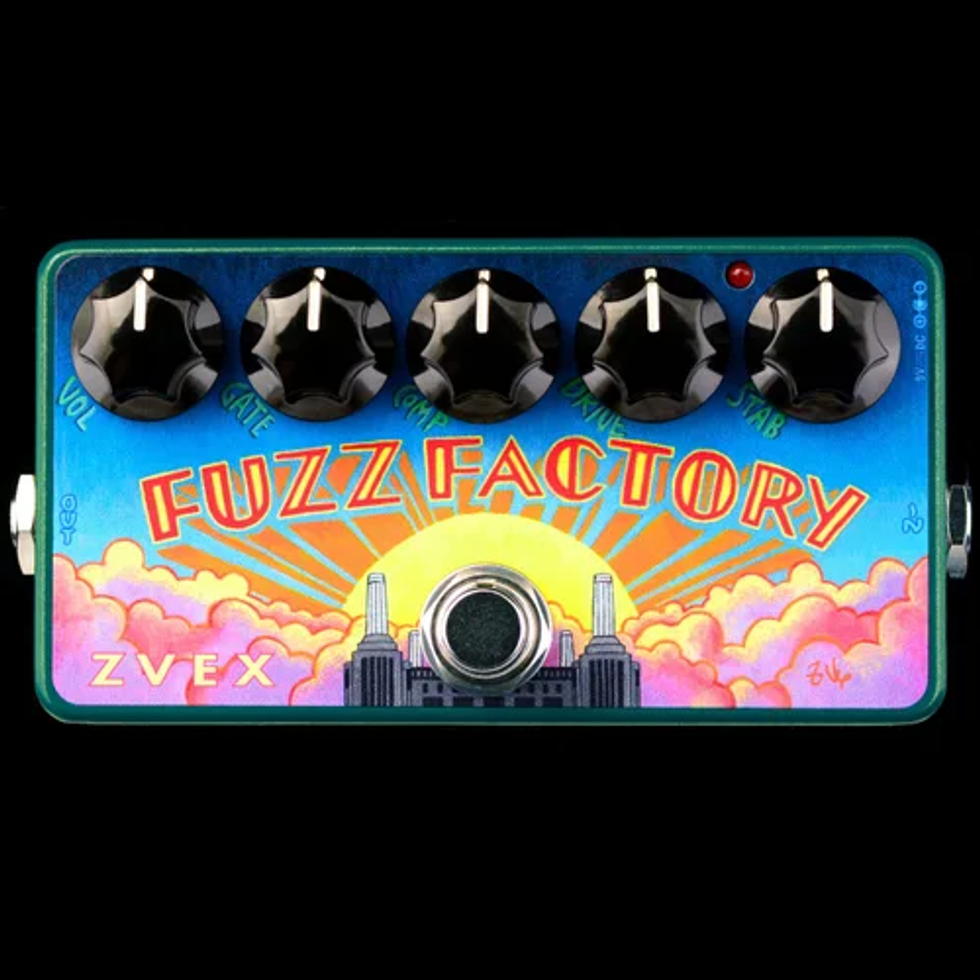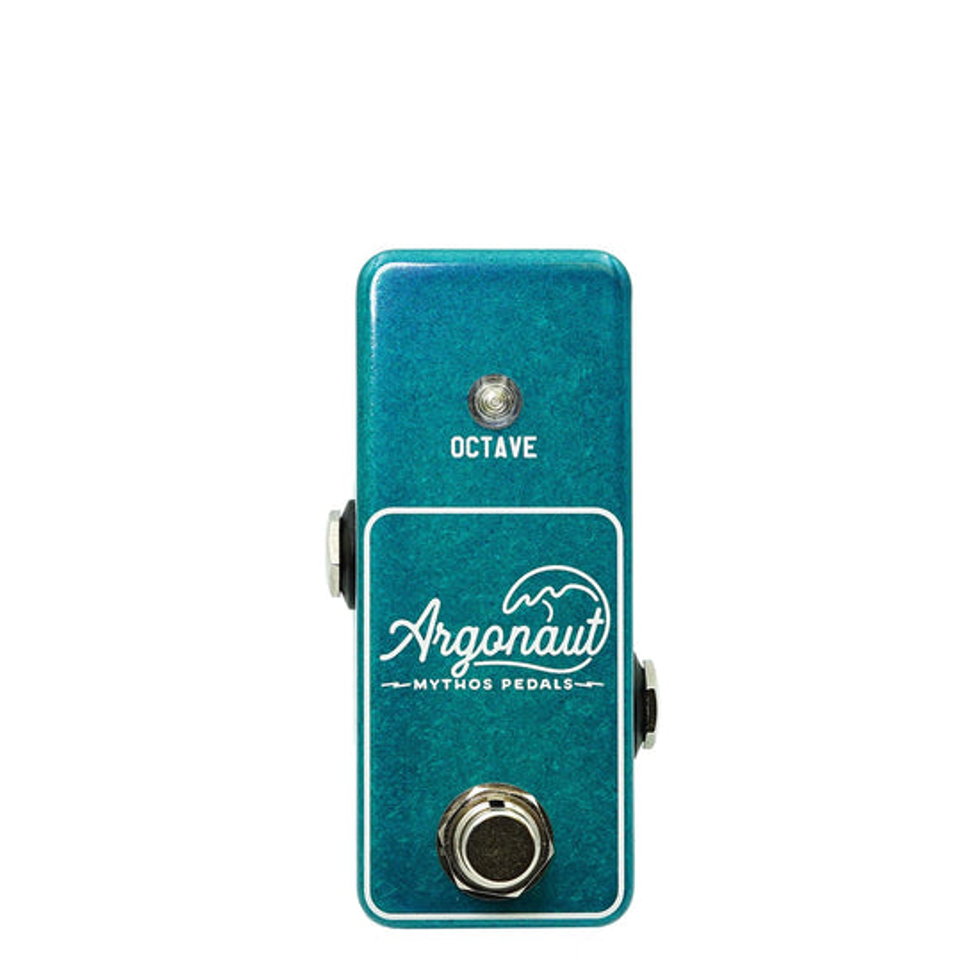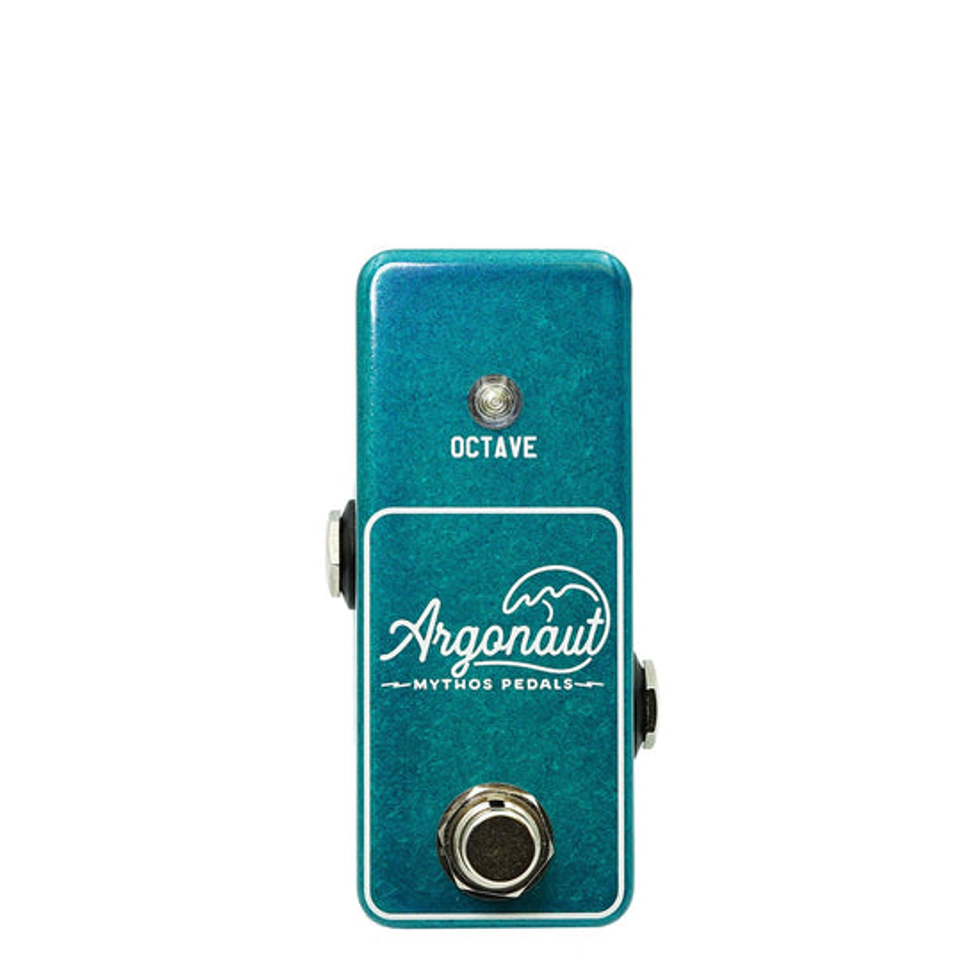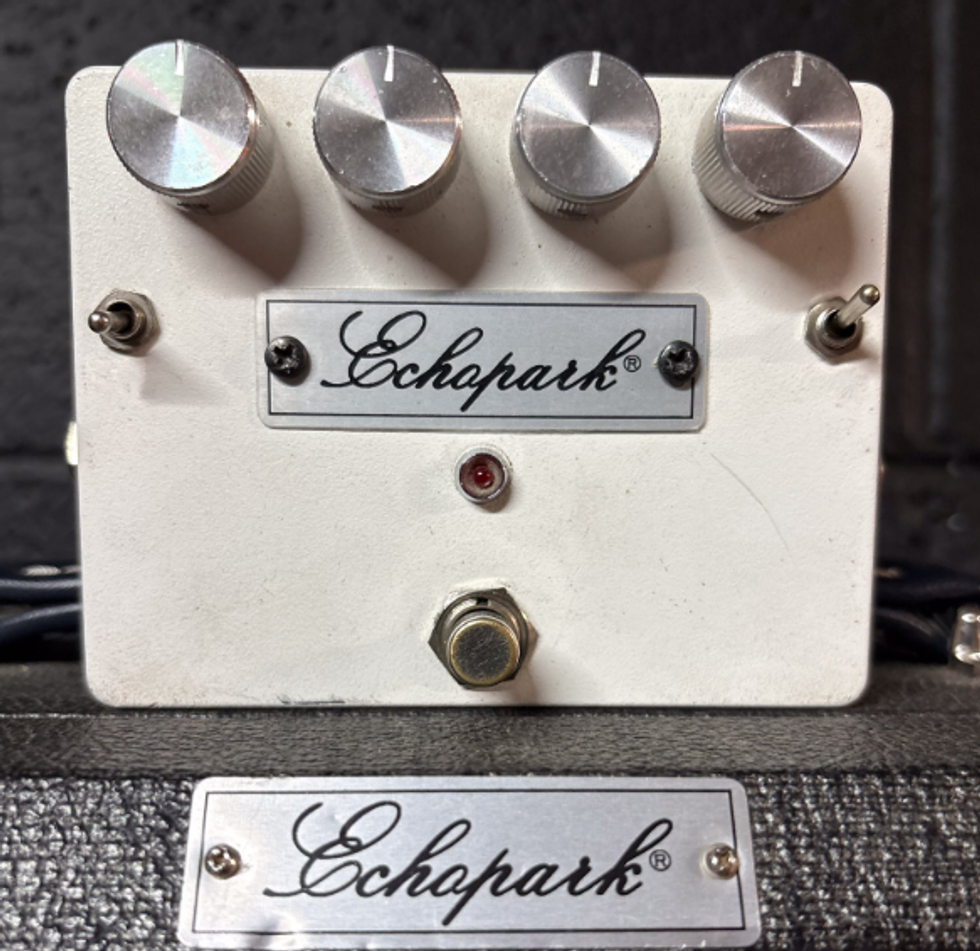It’s no secret that a bass-octave pedal can work wonders for beefing up thin tone. Likewise, the contrast between the deeper sub-octave and dry signal can add a whole new dimension of texture and detail that really isn’t achievable with any other kind of effect out there. The Dominican Republic’s Copilot FX developed their new octave-down pedal, the Cubic, with the intent of not only providing bassists the chance to experience this flavoring firsthand, but to also give them the ability to infuse it with even deeper subs and synth-like qualities. And for the most part, the Cubic handles these duties well—if with a few rough edges.
Tone3
The Cubic’s lightweight enclosure takes up just a little more space than a Boss pedal on the floor. And with nice internal wiring, smooth pot turns, and true-bypass switching, the build quality appears solid out of the box. The Cubic unfortunately doesn’t have a 9V battery option, so you’ll need to power it with a Boss-style 9V adapter or other universal power supply.
Housing four control knobs and two flip switches that activate the octave effects, the pedal is relatively easy to operate from the get-go. The filter knob adjusts the intensity of the octave effect and adds some synth-like bite when its upper registers are reached. The resulting octave tonality set with the filter control can then be enhanced further by cranking the pedal’s top-right, unlabeled knob for clipping control, or smoothed out by rolling it back. Copilot also includes a handy 1/4" expression-pedal jack for sweeping this parameter remotely.
Located between the filter and clipping control knobs is a flip switch for setting the octave range to either one octave down, or two octaves down with intentionally glitchy-sounding fourths and fifths. The flip switch between the top-mounted jacks determines whether or not the effect is a pure octave, or a mixed octave for strange and eerie tones. Rounding out the control set is a pair of knobs for volume and dry-tone blending.
Rumble in the Box
Wielding a Fender American Jazz bass going through a Verellen Meatsmoke amplifier paired with an Ampeg Isovent 2x10 and 2x15 combo cab, I was able to get some seriously deep octaving right away. Setting the pedal in one-octave-down mode, it had more than enough beef to satisfy any subsonic cravings—so much that I had to reach for the Verellen’s bass control to pull the lows back. The filter and clipping knobs are effective in smoothing out the edges of the octave’s tone, though they had no real effect on brightness or clarity. In fact, it was difficult to get any tones out of the pedal that had much of a bite at all. Good bass-octave tones come from an exacting blend of dry-tone clarity and deep subs, which made this particular moment with the Cubic somewhat frustrating. The octave tones sounded great, but the nuances of the dry tone were somehow sacrificed through the pedal’s blending circuitry. Even after I turned the blend control fully clockwise, the dry tone—which should have revealed the Verellen’s clear and throaty sound—had lost much of its attack and snap.
For what the Cubic didn’t show in transparency, it made up for in strange and otherworldly tones with fierce intensity. Moving the filter knob to bring the octave tone from bowel-shaking depths, to warmer, more audible territories really brought out some of the thickest tones the pedal has to offer. Some great bass-synth tones—which were more than suitable for low-end thickening—were had by simply diming the clipping control to strengthen the presence of the tonal range set by the filter knob, and gentle picking close to the neck to ensure that the octave didn’t jump around.
Ratings
Pros:
Very strong sub-octaving. Capable of synth-like tones.
Cons:
Has tracking issues. Dry signal loses much of its detail and clarity when the effect is on and blended. No battery option.
Tones:
Playability/Ease of Use:
Build:
Value:
Street:
$150
Copilot FX
copilotfx.com
Speaking of which, the Cubic’s tracking overall was very sensitive to both how hard I picked the strings and where I was striking them. Picking closer to the bridge resulted in a lot more notes sputtering out than those plucked with the fingers near the neck pocket—telling me that the Cubic could possibly benefit from an additional switch for lowering the effect’s sensitivity. And the ability to adjust sensitivity would certainly help when in two-octave-down mode, which had an even jumpier nature to it. Granted, most pedals that throw a bass note that’s two octaves down will suffer from some sort of tracking issues, but I was having some trouble getting notes to sit longer than a few seconds. Playing above the 12th fret added stability, but it seemed the two-octave-down mode is best for making strange and out-there sounds rather than note thickening.
The Verdict
While the ideas behind the Cubic are exciting, they could be better executed. It takes some time to find the right combination of settings that hold note tracking and have good detail, as well as getting to extreme low-end subs that don’t overpower the sound.
That said, the Cubic is a fun pedal, a promising start, and a great idea. It can generate a whopping amount of low end, add synth-like grit, and thicken your tone considerably. Some polish in the areas that hold it back from being the great pedal that it could be—like the jumpy octave sensitivity and that the pedal can eat away at the dry tone’s characteristics—would surely raise its status as a potent tool on a bassist’s pedalboard.








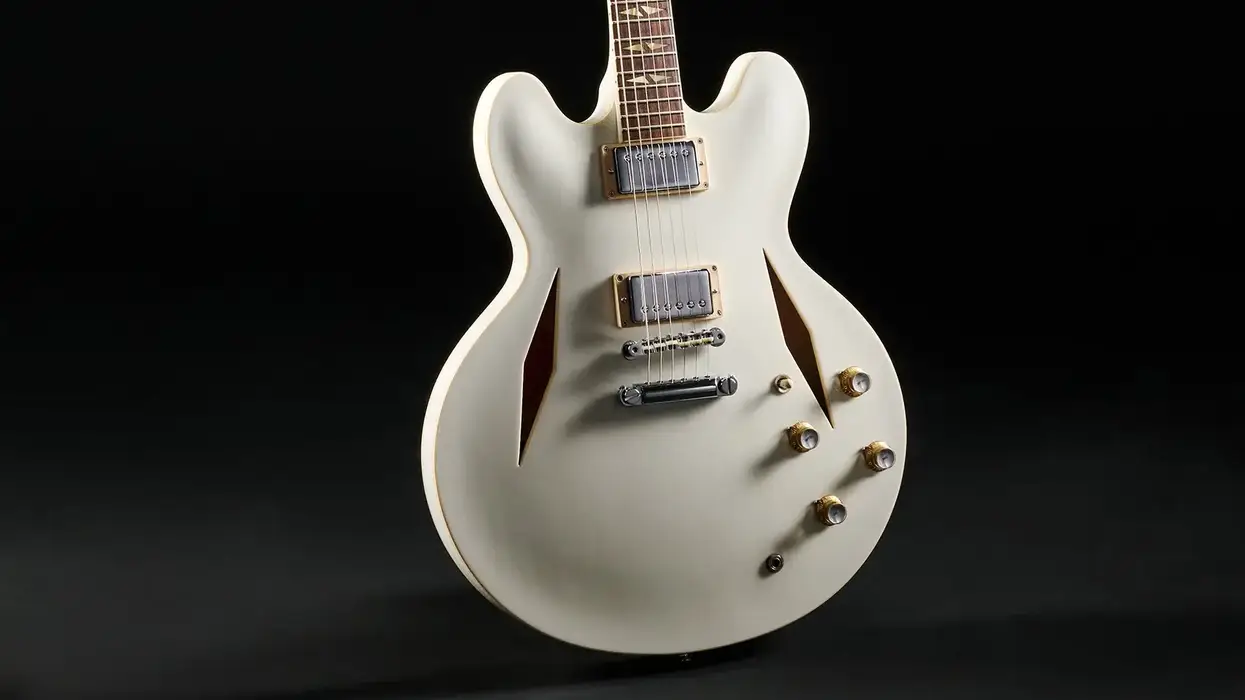






![Rig Rundown: AFI [2025]](https://www.premierguitar.com/media-library/youtube.jpg?id=62064741&width=1245&height=700&quality=70&coordinates=0%2C0%2C0%2C0)












 Shop Scott's Rig
Shop Scott's Rig